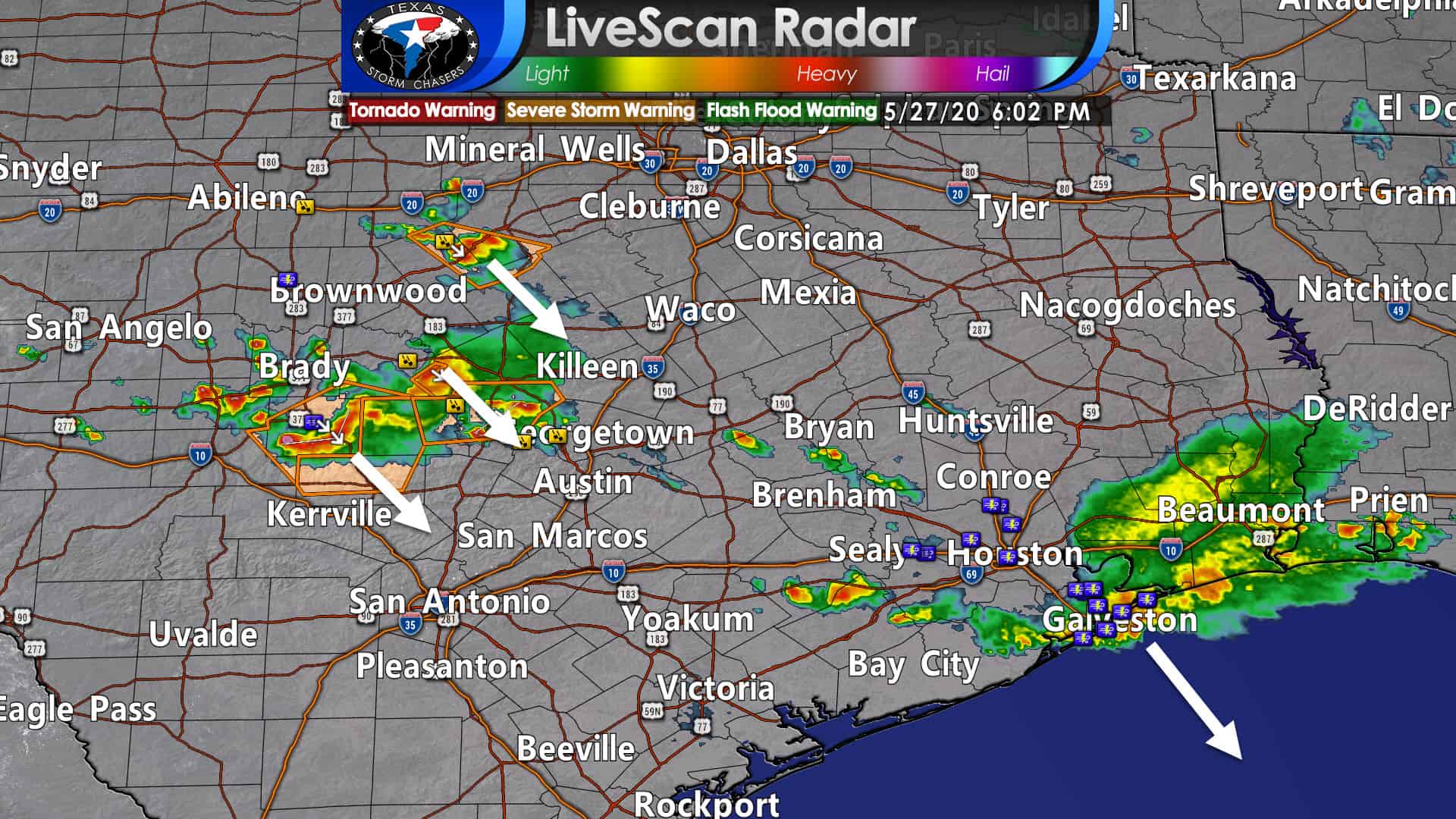Watch For Damaging Winds: Fast-Moving Storms And Safety

Table of Contents
Identifying Fast-Moving Storms and High Winds
Recognizing the signs of an approaching fast-moving storm is the first step in protecting yourself from damaging winds. Quick action can be the difference between minor inconvenience and significant damage or injury.
Recognizing Warning Signs
Visual and auditory cues can indicate the presence of a severe weather event capable of producing damaging winds. Pay close attention to the following:
- Visual Indicators: Dark, greenish skies; rapidly rotating clouds; wall clouds; hail; and approaching dust clouds or debris.
- Auditory Indicators: A loud roaring sound, similar to a freight train, often precedes the arrival of damaging winds.
Stay informed by monitoring reliable weather sources:
- National Weather Service (NWS): The primary source for weather information in the United States. Sign up for alerts on their website.
- Local News: Local news channels and websites often provide up-to-the-minute weather reports and warnings specific to your area.
- Weather Apps: Many reliable weather apps offer real-time alerts and forecasts.
Understanding Wind Speed Categories
Different wind speeds pose varying levels of danger and potential damage. Understanding these categories can help you gauge the severity of the threat:
| Wind Speed Category | Approximate Speed (mph) | Potential Damage |
|---|---|---|
| Gale Force Winds | 39-46 | Broken tree branches, minor structural damage |
| Storm Force Winds | 47-55 | Significant tree damage, widespread power outages |
| Hurricane Force Winds | 74+ | Catastrophic damage to buildings and infrastructure |
- Gale force winds: Can easily uproot smaller trees and cause damage to poorly secured structures.
- Storm force winds: Can cause significant damage to trees, power lines, and even structural damage to buildings.
- Hurricane force winds: Cause widespread destruction, including significant structural damage, flying debris, and potential building collapse.
Preparing for Damaging Winds
Proactive preparation is key to minimizing the impact of damaging winds. A well-thought-out plan and secured property significantly improve your chances of weathering the storm safely.
Developing a Family Emergency Plan
A family emergency plan is crucial for ensuring everyone's safety during and after a severe weather event. Your plan should include:
- Designated Meeting Places: Establish primary and secondary meeting places in case family members become separated.
- Communication Strategies: Designate a primary contact person and establish methods for checking in (e.g., text messages, phone calls).
- Emergency Kit: Gather essential supplies, including:
- Water (one gallon per person per day for at least three days)
- Non-perishable food
- First-aid kit
- Flashlight and extra batteries
- Battery-powered radio
- Manual can opener
- Medications
- Important documents (copies)
Securing Your Home and Property
Before a storm hits, take steps to protect your home and property from damaging winds:
- Trim Trees: Remove dead or weak branches that could fall and cause damage.
- Secure Outdoor Objects: Bring loose items (furniture, trash cans, decorations) inside or securely tie them down.
- Board Up Windows: Cover windows with plywood or storm shutters to prevent breakage.
- Reinforce Doors: Ensure doors are securely fastened and consider adding extra bracing.
- Protect Your Roof: Inspect your roof for loose or damaged shingles and make necessary repairs.
Staying Safe During Damaging Winds
Knowing where to seek shelter is critical when damaging winds strike.
Finding Safe Shelter
When a severe weather warning is issued or you see signs of an approaching storm with damaging winds, immediately seek shelter in a sturdy structure:
- Interior Rooms on the Lowest Level: A basement or interior room on the lowest floor, away from windows, offers the best protection.
- Sturdy Interior Room: If a basement is unavailable, choose a small, interior room on the lowest level of your home, away from windows and doors.
If caught outdoors: Find a low-lying area away from trees, power lines, and buildings. Avoid seeking shelter under trees or bridges – these are particularly dangerous during high winds.
After the Storm: Assessing the Damage and Next Steps
After the storm has passed, carefully assess the damage to your property. Safety remains paramount:
- Inspect for Hazards: Check for downed power lines, gas leaks, and structural damage before entering your home.
- Contact Emergency Services: Call emergency services if you need assistance or if your home is unsafe.
- Insurance Claim: Document damage with photos and videos and contact your insurance company to file a claim.
- Temporary Housing: If your home is uninhabitable, arrange for temporary housing.
Types of Fast-Moving Storms and Their Associated Winds
Various types of fast-moving storms can produce damaging winds:
Thunderstorms and Derechos
Thunderstorms, particularly those organized into a derecho, can generate widespread damaging winds. Derechos are characterized by widespread straight-line winds covering a large area.
Tornadoes
Tornadoes are violently rotating columns of air extending from a thunderstorm to the ground. Their intense winds are a primary source of devastating damage.
Hurricanes and Tropical Storms
Hurricanes and tropical storms are large-scale systems with sustained high winds that can cause catastrophic damage. The Saffir-Simpson Hurricane Wind Scale categorizes hurricanes based on their sustained wind speeds.
Conclusion
Protecting yourself and your family from damaging winds requires preparation, awareness, and swift action. Remember these key takeaways: develop a comprehensive family emergency plan; secure your home and property before a storm; know where to seek safe shelter; and stay informed about severe weather warnings. Don't be caught unprepared. Learn more about protecting yourself and your family from damaging winds and create your emergency plan today. Staying informed about severe weather warnings and taking proactive steps to mitigate the risks associated with damaging winds can significantly reduce the impact of fast-moving storms.

Featured Posts
-
 Canadian Government Rebuts Oxford Report On Us Tariffs
May 21, 2025
Canadian Government Rebuts Oxford Report On Us Tariffs
May 21, 2025 -
 Rueckkehr Nach Miami Dexter Mit John Lithgow Und Jimmy Smits
May 21, 2025
Rueckkehr Nach Miami Dexter Mit John Lithgow Und Jimmy Smits
May 21, 2025 -
 D Wave Quantum Qbts Stock Up On Monday Market Analysis And Potential Causes
May 21, 2025
D Wave Quantum Qbts Stock Up On Monday Market Analysis And Potential Causes
May 21, 2025 -
 Record Numbers For Snls 50th Season Finale A Look Back
May 21, 2025
Record Numbers For Snls 50th Season Finale A Look Back
May 21, 2025 -
 The Untold Story Of Peppa Pigs Name A Fans Surprise
May 21, 2025
The Untold Story Of Peppa Pigs Name A Fans Surprise
May 21, 2025
Latest Posts
-
 Ea Fc 24 Fut Birthday A Comprehensive Player Tier List
May 22, 2025
Ea Fc 24 Fut Birthday A Comprehensive Player Tier List
May 22, 2025 -
 Fut Birthday 2024 Ultimate Team Player Tier List And Guide
May 22, 2025
Fut Birthday 2024 Ultimate Team Player Tier List And Guide
May 22, 2025 -
 Ea Fc 24 Fut Birthday Best Player Cards Tier List
May 22, 2025
Ea Fc 24 Fut Birthday Best Player Cards Tier List
May 22, 2025 -
 A Look Inside Athena Calderones Celebratory Roman Milestone Event
May 22, 2025
A Look Inside Athena Calderones Celebratory Roman Milestone Event
May 22, 2025 -
 Athena Calderones Milestone Birthday A Roman Extravaganza
May 22, 2025
Athena Calderones Milestone Birthday A Roman Extravaganza
May 22, 2025
